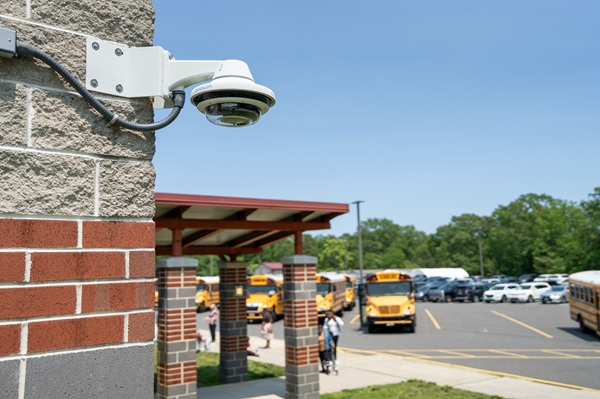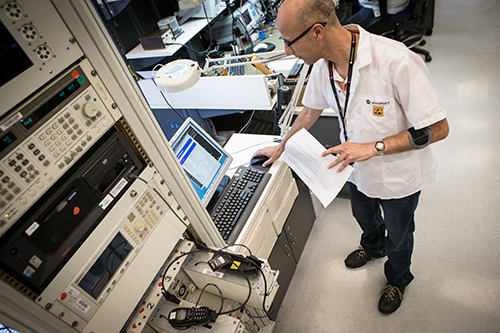In 2015, PLOS.org published a groundbreaking study discussing the link between mental health and violent behavior in college students. The study noted that nearly 37% of the college students studied had some form of diagnosable mental health disorder, and that such disorders contributed to a wide range of serious, violent behaviors.
The reason for this study being groundbreaking is that it was compiled using actual data rather self-reported data. Self-reporting is an issue with multiple sources of student mental health statistics published both before and since; so, while is it widely reported that student mental health has deteriorated since the outbreak of the COVID-19 pandemic, nobody knows for sure – yet. Even as campuses reopened in the post-COVID world, the lasting effects of student mental health have yet to be thoroughly researched.
It is also the case that reports of more students seeking mental health counseling need to be quantified. Are more students seeking mental health counseling because more counseling is available? Are students seeking more virtual counseling because of issues relating to self-stigma and disclosure expectations? Or is student mental health actually deteriorating due to the pandemic? If the latter is true, it then has to be determined:
- Whether a greater number of students are developing mental health disorders
- Whether students with previously unreported mental health disorders are experiencing more severe symptoms, or
- Whether the perceived increase in COVID-related mental health disorders is attributable to students transferring existing anxieties from (say) coursework to COVID-19.
The Implications for Safety on College Campuses
The implications for safety on college campuses are complicated. If a greater number of students are developing mental health disorders, there will likely be an increase in self-harming violent behaviors based on self-reported data published in 2016. However, based on the same data, if students are experiencing more severe symptoms, the risk exists of an increase in student-on-student violence.
With regards to the transference of anxieties, the implication for safety on college campuses could depend on influencing factors such as mandatory vaccinations, spikes and troughs in local COVID rates, and college policies on topics such as mask wearing and social distancing – particularly as nearly one-in-five students will likely have lost a close friend or family member during the pandemic.
Therefore, there could be more safety events to address on college campuses, they could be more serious than previously, and/or they may come from unpredictable sources inasmuch as a student who has lost a family member to COVID may act irrationally towards other students not wearing masks. It’s fair to say safety on college campuses may be more complicated than ever before.
How to Address Mental Health Threats to Campus Safety
Although mental health programs in colleges have been found to reduce violence on campuses, very few colleges have the resources to develop and maintain adequate mental health programs due to the diversity of issues reportedly affecting student mental health. Furthermore, during the pandemic, nearly half of students that sought help with mental health issues have found the programs difficult to access according to the Fall 2020 Healthy Minds Study.
Rave Mobile Safety’s 2022 Crisis Communication and Safety in Education Survey found that institutions of higher education still lists COVID-19 related safety measures as the top concern for future academic years (71%) followed by student mental health (59%).
Without accessible and adequate programs to address deteriorating mental health, the risk exists that campus safety could also deteriorate. The survey found that 36% of higher education institutions reported they did not currently have or did not have any appropriate mental health resources to support students. However, there are several alternatives to support campus safety. For example, the organization Active Minds operates student-run chapters on college and campuses across the United States. When campuses partner with organizations such as this, it can help decrease stigma and raise awareness about seeking mental health care.
Some colleges have also looked to technology to connect with student populations. Two-way text messaging with 9-1-1 is proven to resolve self-harm scenarios and help gather information for first responders so they can intervene and provide a timely response before an incident escalates. In recent years, many crisis hotlines have opted for a text format in lieu of voice services because Gen Z students are three times more likely to open a chat message through a push notification.
Technology can also be a valuable tool for building a safety net for students struggling with a mental health crisis who are unwilling to access face-to-face services due to self-stigma and disclosure expectations. A campus safety app can be a guide to mental health resources on campus. The app contains a directory of important numbers and a resource center which can let students know what virtual services are available to them in addition to face-to-face services.
A campus safety app can also be useful for students who are concerned about another student’s mental health but are afraid to speak up. Anonymous two-way tip texting can help connect campus safety with students and empower them to report any concerning behaviors on campus. If someone on campus is struggling with a serious, life-threatening mental health issues or substance abuse, this capability might be life-saving.





Comments are closed here.